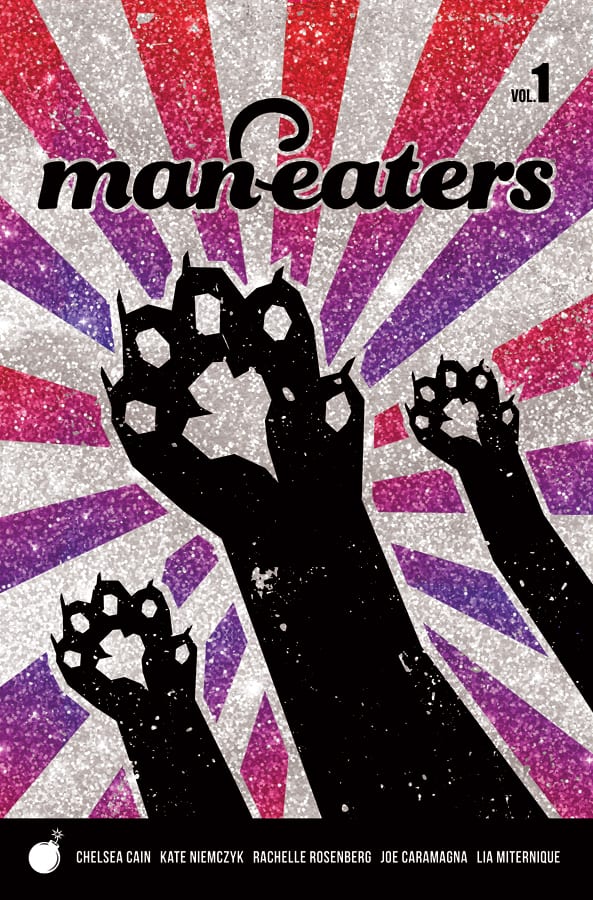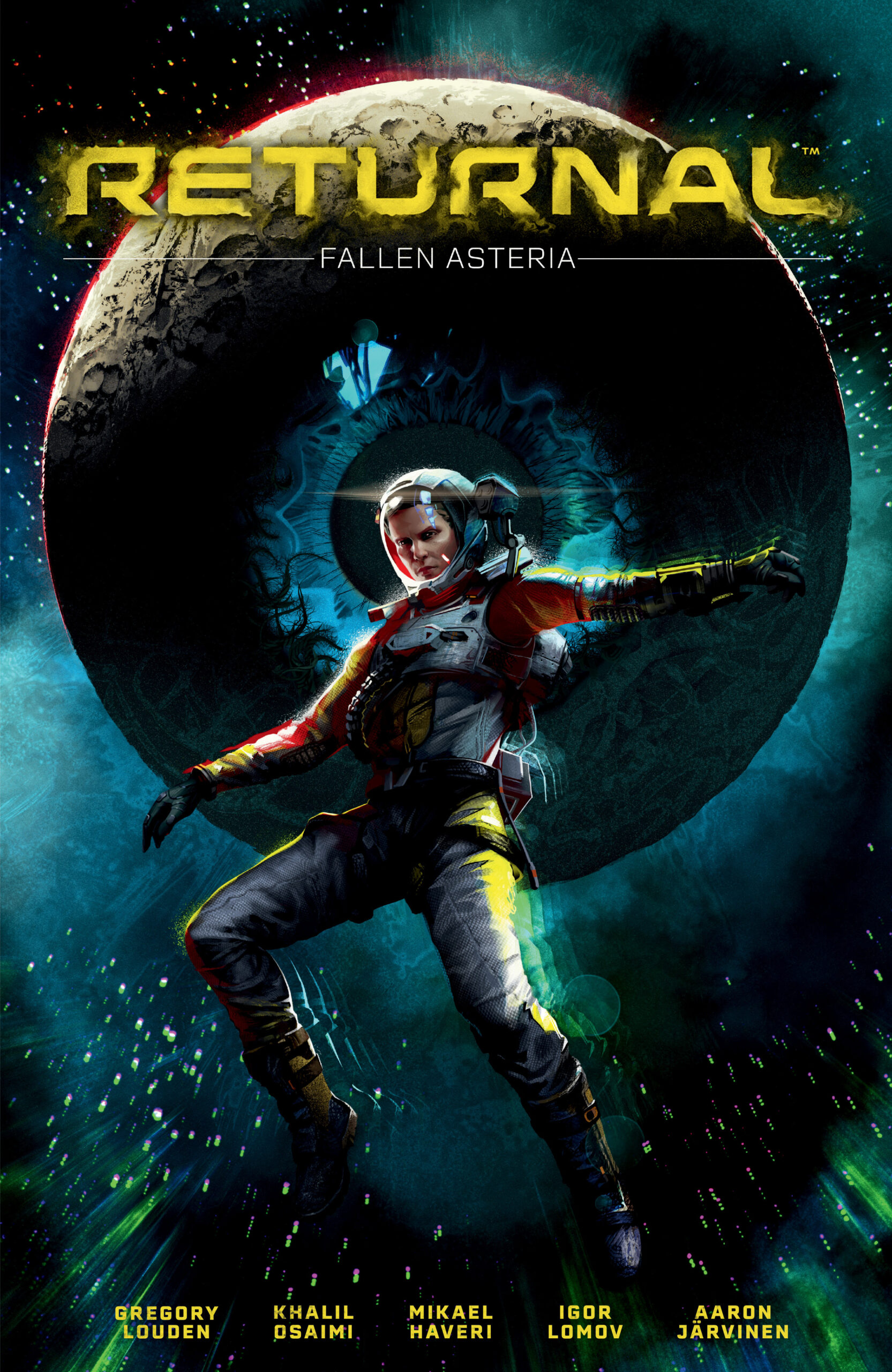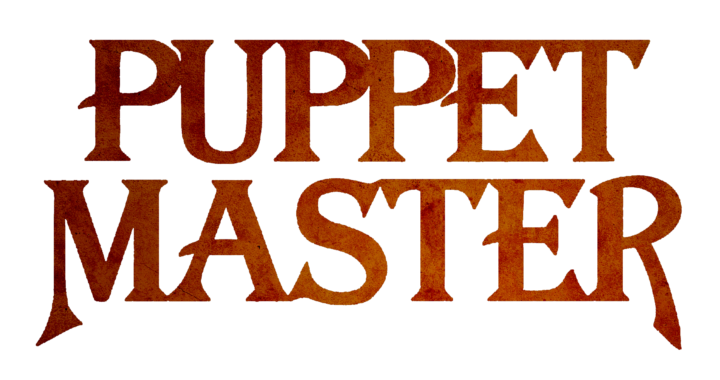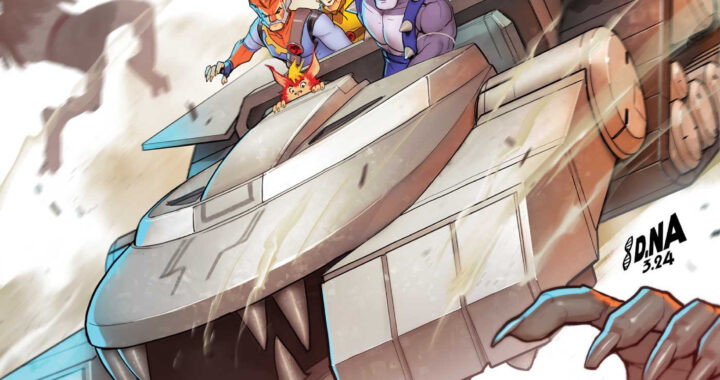
REVIEW: MAN-EATERS Vol. 1
 MAN-EATERS is “Cats”“ meets “The Handmaid“s Tale”“ and it may be better than both of these classics by the time it reaches the end of its run. Brought to you by the “Ministry of Trouble, Inc.”“ and the good folks at Image Comics, Man-Eaters Vol. 1 introduces us to a world where ”˜Toxoplasmosis X”“ ”“ a virus mutated from cat poop ”“ infects us all, but has a particularly transformative effect on adolescent girls. To wit, upon menstruation, a small percentage of adolescent girls will transform into homicidal panthers.
MAN-EATERS is “Cats”“ meets “The Handmaid“s Tale”“ and it may be better than both of these classics by the time it reaches the end of its run. Brought to you by the “Ministry of Trouble, Inc.”“ and the good folks at Image Comics, Man-Eaters Vol. 1 introduces us to a world where ”˜Toxoplasmosis X”“ ”“ a virus mutated from cat poop ”“ infects us all, but has a particularly transformative effect on adolescent girls. To wit, upon menstruation, a small percentage of adolescent girls will transform into homicidal panthers.
In this initial arc, the world has survived the early stages of the gendered epidemic and responded accordingly. Like many of the dystopic texts to which Man-Eaters often alludes, the world of Man-Eaters is dominated by patriarchal propaganda and an oppressive regime that systematically targets women, girls and killer cats. And yet, even with the weight of this world, Man-Eaters still somehow manages to be light-hearted and humorous with intermittent doses of razor-sharp wit.
The story is focalized through the eyes of Maude, your average adolescent girl in Oregon, whose parents have separated. Her mother happens to be a part of an elite squad of Cat ”“ hunters (SCAT), and her father, with whom she lives, is just a regular old dad-bodied detective. The tensions between Maude“s parents provide some of the must enjoyable comic relief in the story, but even early on, Maude seems to be hiding a secret or two that has nothing to do with her fragmenting family.
The Ministry of Trouble are writer/creator, Chelsea Cain, artist, Kate Niemczyk, colorist Rachelle Rosenberg, and the rest of the creative team. They are trouble. Each issue collected here is the result of a deliberate and detail-oriented investment in the craft of creating comics. There are too many examples of this craftiness to explain here, but time and time again Cain and company construct taxonomies for the world of Man-Eaters. Sometimes its as simple as labeling the members of a SCAT team, but sometimes they diagram the world (or the page) in a way that makes the reading experience indelible. The deployment of taxonomy as a literary tool in a comic that is enmeshed in the ways in which social oppression is inextricably linked with biology is simply ”“ brilliant.
Early on in the first volume, readers might notice a Bitch Planet poster in an interior scene of Maude“s bedroom. It“s an important little shout out to another amazing comic book that deconstructs real world gender oppression in a near future dystopia. Like Bitch Planet, Man-Eaters uses the propaganda of its world as its most critical commentary of ours. Issue four is primarily an issue of “Cat Fight”“ a magazine, popular in the world of Man-Eaters, that stokes fears of cats and women, and extols the virtues of testosterone and government oppression. Strange how the latter pair often goes hand-in-hand in our reality. 5/5!
[yasr_overall_rating size=”large”]
(W) Chelsea Cain (A) Kate Niemczyk (CA) Lia Miternique
Author Profile
Latest entries
 Comic BooksFebruary 27, 2020Review: Fax From Sarajevo: A Story of Survival
Comic BooksFebruary 27, 2020Review: Fax From Sarajevo: A Story of Survival Comic BooksFebruary 13, 2020Review: BOX OF BONES #1
Comic BooksFebruary 13, 2020Review: BOX OF BONES #1 Comic BooksJanuary 16, 2020Review: HEARTTHROB Season Three #1
Comic BooksJanuary 16, 2020Review: HEARTTHROB Season Three #1 Comic BooksJanuary 8, 2020Review: EXCALIBUR #5
Comic BooksJanuary 8, 2020Review: EXCALIBUR #5






